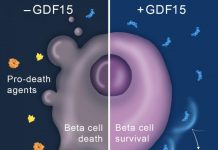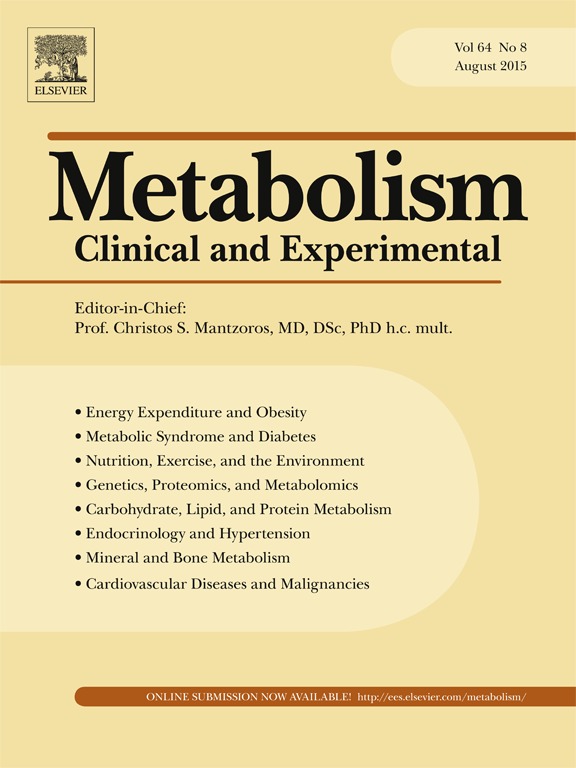February 2007 - For the first time, scientists have discovered that cells passed from mother to child during pregnancy can differentiate into functioning islet beta cells that produce insulin in the child. The same study also found that maternal DNA was found in greater amounts in the blood of children and young adults with Type 1 diabetes than their healthy siblings and a control group, implying that they may be attempting to repair damaged tissue.
The findings suggest a beneficial role for this type of maternal microchimerism. Microchimerism is the term used when an individual harbors cells or DNA that originate from another genetically distinct individual.
In this study, published in the Jan. 22 issue of the Proceedings of the National Academy of Sciences, J. Lee Nelson, M.D., a member of the Clinical Research Division at Fred Hutchinson Cancer Research Center, and colleagues found no evidence that the mother's cells were attacking the child's insulin cells and no evidence that the maternal cells were targets of an immune response from the child's immune system.
"We think the maternal cells may be helping to regenerate damaged tissue in the pancreas," Nelson said.
She said investigators are excited about new possible approaches to treat Type 1 diabetes raised by their findings. For example, if maternal microchimerism results in cells that make insulin, a mother's stem cells might be harvested and used to treat her diabetic child. Such cells would have a genetic edge over donated islet cells from a cadaver that are usually completely genetically mismatched.
Continue Reading Below ↓↓↓
"The child is probably tolerant to the mother's half-matched cells because the child acquired the cells during its life as a fetus while its immune system was still developing," Nelson said.
Originally, the study of 172 individuals and pancreatic tissue from four males was designed to ask the question whether these small numbers of maternal cells might be involved in any way in Type 1 diabetes. "My initial theory was that perhaps, in some situations, too many mother cells cross over to the fetus at the wrong time, becoming beta cells that make insulin in the child. Could diabetes result because the child lost tolerance to those cells because they are genetically half foreign? Our research disproved this," she said.
Instead, the researchers found a small number of female islet beta cells in male pancreatic tissue (procured from autopsies) that produced insulin. "To our knowledge a maternal contribution to endocrine function has not previously been described," the authors said. "Our findings also raise the possibility that naturally acquired microchimerism might be exploited to therapeutic benefit."
The study found significantly higher levels of maternal DNA in the peripheral blood of 94 children and adults with Type 1 diabetes as compared to 54 unaffected siblings and 24 unrelated healthy subjects they studied. Maternal microchimerism first was recognized in children with severe combined immunodeficiency in the 1970s. In 1999, a study by Nelson et al was first to show that maternal microchimerism persists into adulthood for persons with uncompromised immune systems (Journal of Clinical Investigation 104:41-47).
The study was funded by grants from the National Institutes of Health, the Juvenile Diabetes Research Foundation (to co-author Kathleen Gillespie, University of Bristol, UK), the Iacocca Foundation (to co-author Laurence Loubiere at the Hutchinson Center) and the Wellcome Trust (to co-author Edwin Gale, University of Bristol).
Source: Fred Hutchinson Cancer Research Center










